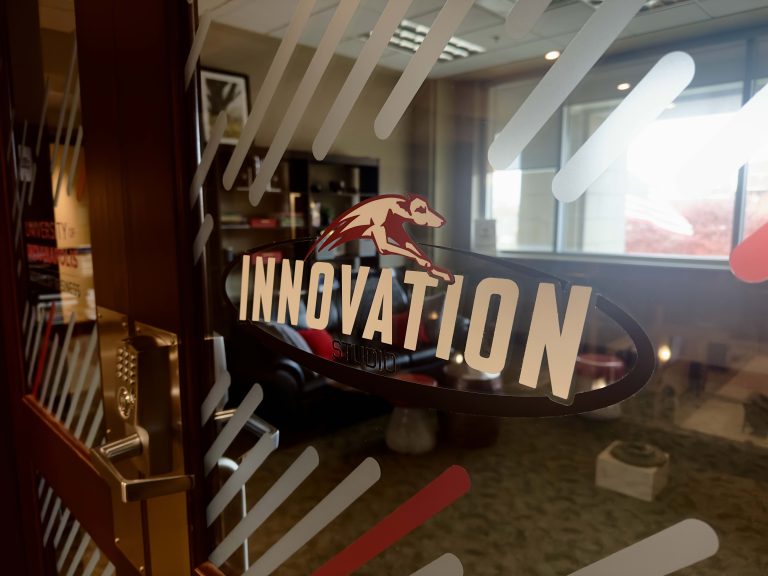Because Indiana has ranked as the 11th worst state in terms of the opioid epidemic, the University of Indianapolis will be adding an addictions counseling program, which will consist of a Masters of Arts in Addictions Counseling and an Interprofessional Certificate in Addictions.
According to Dean of Applied Behavioral Science Anita Thomas, the certificate will assist students in earning a degree more specialized in addiction, while the masters program will be for students who wish to achieve a state license in addictions counseling.
The full degree will consist of 45 credit hours while the certificate will be six.

While most of the classes will be structured around drug and alcohol addictions, the overview courses will focus on The World Health Organization’s 10 Addictive Behaviors model, which will give students the framework to deal with all types of addiction. This will give the students the understanding addictive behaviors and what leads to addiction, according to Director of the Masters of Social Work Program Sally Brocksen.
“We’re teaching students to deal with addictions of all kinds,” Brocksen said. “Right now, we’re talking to students about the opioid epidemic. When I was in school it was about the meth epidemic. So we’re teaching them to deal with each new crisis that comes through.”
Adjunct Professor of Social Work Eric Davis has been serving as a consultant for Brocksen to make sure that the university is developing the program to the best of its ability and meeting all state requirements. He also is a co-founder of the Life Recovery Center, an outpatient addictions counseling program which has five locations across Indiana. He said that as a UIndy alumnus, he wanted to get behind this program and assist in educating qualified professionals to fight against the war on drugs.
“There simply aren’t enough professionals to offer treatment to the number of individuals that are suffering. I think that for UIndy to focus specifically on that field, I’m glad to see it,” Davis said. “I think it’s going to adequately prepare people to deal with the crisis at hand and help the people in our community that are suffering.”
Brocksen said that what is different about the opioid epidemic than any other wave of addiction before is that it is affecting white Americans in rural areas. In other drug problems Americans have seen in the past, the epidemic has primarily affected inner-city, minority groups. She said that this is because of both self medication and over- prescribed pain medications from doctors. Thomas said that this cycle of over-prescribing begins with the doctors wanting the patients pain to go down. She said that the lower a patient rates their pain, the more the doctors are paid.
“The opioid epidemic is really a combination of people that are doing that self medication that want to be high and escape and people who are doing pain management,” Thomas said. “So they have been diagnosed with chronic pain and were prescribed medication and become addicted to it. Or people who have undergone surgery and been prescribed it. And unfortunately the way the physicians were reimbursed for prescriptions often gave more pain medication than what was warranted. So people who felt more comfortable or good or liked this developed an addiction.”
As addictions to pain medications have increased, physicians are now limited to the quantity they are able to prescribe to their patients. Though in some cases this saves physicians from over-prescribing, in others it leaves some patients without the proper amount of medication to treat their pain, according to Brocksen.
“We need to be able to find this middle road where people are being treated appropriately. It’s sort of this pendulum going back and forth,” Brocksen said. “I think we’re getting to the place where we’ll land in the middle. One of the big focuses of these programs is to make sure that when they are treating these populations that there is pain, that there is problems going on and real emotional pain beside physical pain and how to address that appropriately.”
Thomas said that it is a focus in UIndy’s health science programs to make sure that all nurses and doctors are giving proper treatment when it comes to pain. She said that the addictions coun






